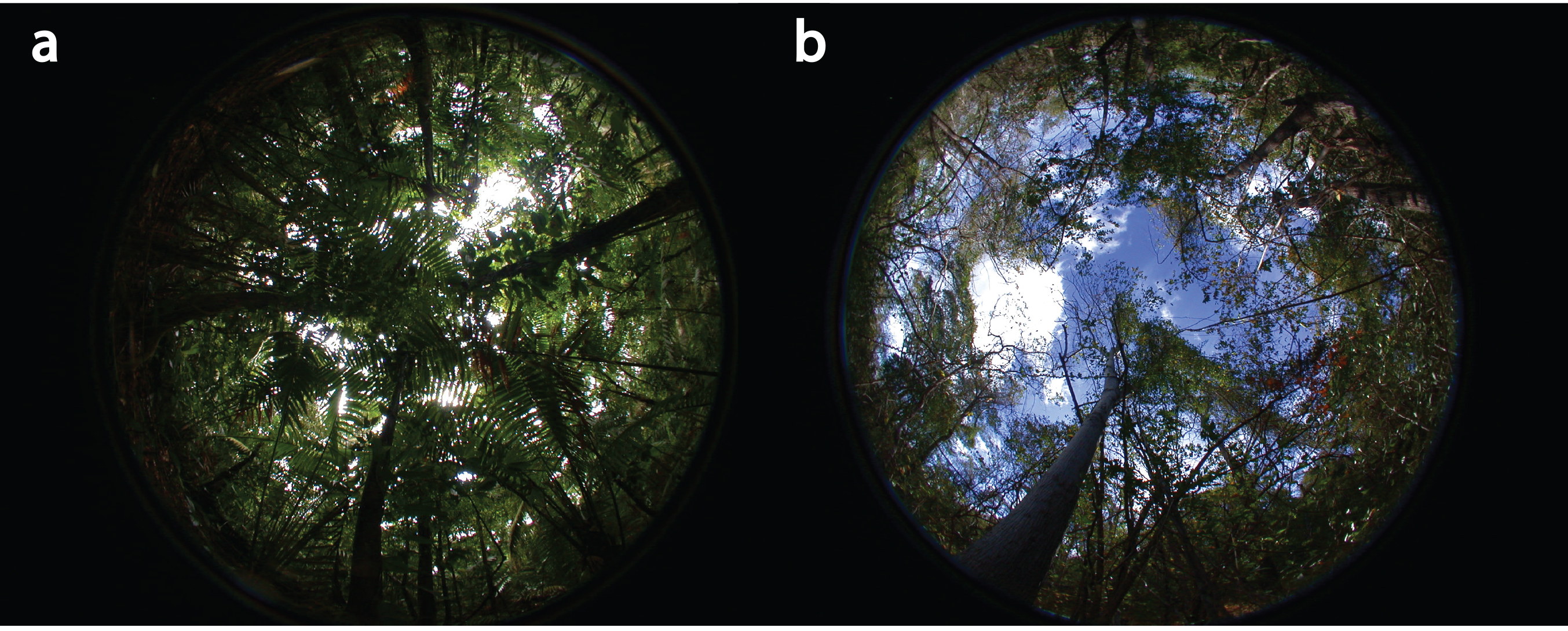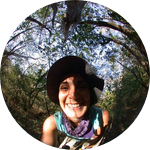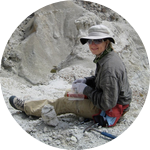About This Project
Phytoliths are microscopic silica particles produced by plants that can be easily fossilized and preserved in millions-of-year-old sediments and soils. We test the hypothesis that phytoliths found in the soil of a Savanna in Colombia reflect the surrounding local vegetation. If our hypothesis is correct we can use phytolith analysis for detailed reconstructions of past landscape in order to better understand relationships between past biodiversity, ecosystems, and climate.
Ask the Scientists
Join The DiscussionWhat is the context of this research?
Phytolith analysis is a relatively young field of research and many questions are yet to be answered.
Modern analogue studies (i.e., studies that compare phytoliths found in modern soils with the surrounding vegetation) are the best way to tackle many of these questions.
For example, the spatial scale of the phytolith record (i.e., how precisely phytoliths found in sediment represent the vegetation that produced them) has been investigated in a few ecosystems (African savannas, North American grasslands).
Results from these studies suggest that phytolith spatial resolution varies depending on habitat type (forest, savanna, woodlands), and climate (temperate, tropical). We investigate phytolith spatial resolution in a modern rainforest, dry forest, and savanna in the Neotropics.
What is the significance of this project?
The study site, located in the Reservas Naturales Rey Zamurro - Matarredonda, is one of the few remaining savannas in South America.
Our data will help us to better understand how we can use phytolith to reconstruct the history of different vegetation types in the Neotropics including this unique ecosystem, the savanna.
We will be able to apply this knowledge to ancient sediments in the Neotropics, to better understand the environmental context in which both animals and humans have evolved. In turn, this will help us better predict future environmental changes and face challenges such as the conservation of biodiversity and the preservation of the natural resources necessary to sustain our planet and the future generations who will inhabit it.
What are the goals of the project?
As previously done in a Costa Rican dry forest and rainforest, I will collect soil samples (from which we can extract phytoliths) from many quadrats along a vegetation transect in a savanna in Colombia. In each quadrat, I will make an inventory and collect plant species to compare the phytolith composition of soils with the plant species composition.
I will also take hemispheric photos at each site. Hemispheric photos are "pictures of the sky" used to calculate "vegetation openness" (a dense forest is very closed, a savanna is very open). The phytolith samples also inform us on vegetation openness. We will compare the information from phytoliths and hemispheric photos to test whether phytoliths and hemispheric photos reconstruct vegetation openness with equal precision.
Budget
Funding will allow me to fly to Colombia's capital city, Bogotá, and will provide transportation to the field site (by bus) from Bogotá and back, for me and a local field assistant.
In addition, funding will help us cover the salary of the local field assistant for a week, plus their lodging and meal costs. The help of a field assistant is critical for this project since they know well the field site and local flora, and will help us with plant identification and collection. Their assistance will also render field work more time effective and thereby reduce the cost.
Endorsed by
 Project Timeline
Project Timeline
Fieldwork in Colombia (soil and plant collection, hemispheric photographs) will take place in February and will last one week.
Soil samples will be shipped by mail to our laboratory is Seattle within 2 weeks.
We will extract phytoliths in March and collect data from the phytoliths over the spring.
Over the summer we will do statistical analysis and begin writing our result in the form of a scientific paper.
Camilla will graduate in August and share the results of this project on Experiment.
Dec 20, 2018
Project launched
Dec 23, 2018
Project Launched
Feb 14, 2019
Travel to the Reserva Natural Rey Zamurro - Matarrendonda in Colombia
Feb 25, 2019
Soil samples collected and shipped to Seattle
May 30, 2019
Have soil phytolith results
Meet the Team
Affiliates
Camilla Crifò
I collected my first leaves when I was a kid, in the gardens of Rome (Italy), where I grew up. With the help of my mother and a botany book I used to draw and classify the species and to stick their leaves on the pages of a notebook, my first herbarium. I also enjoyed collecting the leaf "skeletons" (you know when there is nothing left of a leaf but the venations?) that sometimes can be found on the floor made of fallen autumn leaf.
I became passionate about plants and natural history, and I decided to do an undergraduate degree in Biology, and a Masters in Paleontology at the University of Montpellier (France).
After my masters I wanted to discover the tropical rainforest, and I spent a year and a half in Panama working as an intern at the Smithsonian Tropical Research Institute to study modern and fossil leaves and leaf venations.
I moved to the US (Ohio) in 2011 and I did a Master degree in Geology to learn more about the rocks that contain the leaf fossils.
I am currently a PhD student at University of Washington where I study Paleobotany and Paleoecology. In particular, I am interested in reconstructing how vegetation responded to climatic and environmental changes through time.
My current research tool is phytolith analysis - phytoliths are microscopic silica bodies produced by plants that accumulate and fossilize in ancient sediments and soil.
Caroline Strömberg
I'm Camilla's academic advisor. I've been fascinated by the evolution of life on Earth since I was a little girl in Sweden. I vividly remember finding my first fossil (a trilobite) on the shores of Gotland (a Swedish island featuring some amazing Silurian reefs), which led me to, for the first time ponder the depths of geologic time. Initially I wanted to study how vertebrate communities on land had changed over millions of years in response to environmental change. However, I soon realized that plants are the key to understanding much about terrestrial ecosystem change and vertebrate evolution, and switched my studies to paleobotany (study of fossil plants).
I've focused much of my work on understanding the evolution of grasses and the spread of grasslands during the last ~80 million years (Late Cretaceous and Cenozoic). For this work, I have mainly used plant silica (phytoliths) as a source of information about past vegetation. Because phytoliths is a relatively new tool in paleobotany, a lot of work is needed to develop it. That is what Camilla is doing with her dissertation and with this project! Her work is incredibly important for documenting the spatial resolution of the phytolith record. Ultimately, the outcome of this study will allow researchers to more precisely reconstruct vegetation variability, which is vital for understanding, for example, controls on biodiversity through Earth history.
Additional Information
Phytoliths (from the Greek phutón = plant, and líthos = stone) are microscopic plant stones! Their shape is unique to the plant types that produce them:

Vegetation reconstruction
A single soil or sediment sample (about 1 gram) usually contains hundreds or thousands of phytoliths that we extract in the laboratory and observe using a microscope; we use the proportions of different phytoliths shapes that make up each sample to reconstruct the vegetation at the site. In particular the proportion of forest indicator phytoliths to open habitat indicator phytoliths gives us an idea of habitat openness.
Habitat openness and hemispheric photos
Habitat openness is measure of habitat structure. In the field, we can measure habitat openness using hemispherical photographs (like the ones below), Photos are analyzed in the lab using a software (Gap Light Analyzer) that measure the percentage of sky area covered by leaves.

Project Backers
- 27Backers
- 100%Funded
- $2,140Total Donations
- $79.26Average Donation


